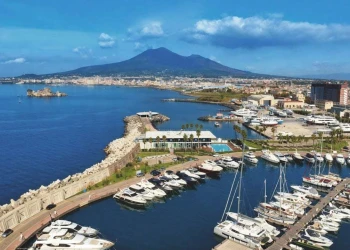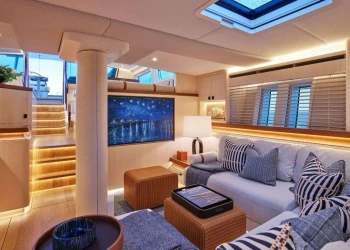
Aleksandra Orescanin: The DNA of the Future of Yacht Design
As we search for the next generation of yacht design talent, we interview Aleksandra Orescanin, recently crowned the winner of the Young Designer of the Year Award 2025, an award presented by the British magazine Boat International, organized in its latest editions in collaboration with the Dutch shipyard Feadship. The jury, made up of professionals, experts, and yacht owners from around the world, selected her yacht design ‘Zazi’, describing it as "a very rounded concept."
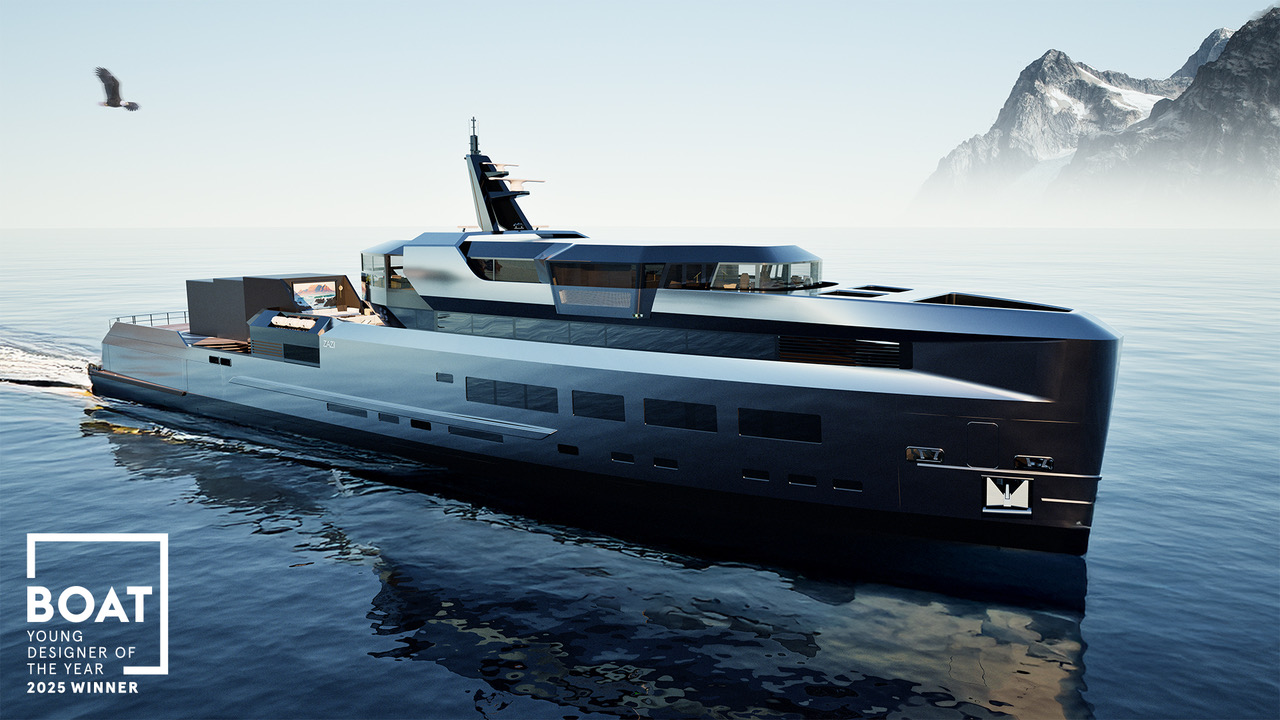
PM: Aleksandra, tell us about your personal journey and career.
Were there any mentors or key influences that shaped your approach to design?
AO: Absolutely. From university through my professional career, I’ve been lucky to be surrounded by professors, classmates, friends, family, and colleagues who played a significant role in shaping my design philosophy.
One of the most fascinating aspects of yacht design is the level of collaboration it requires. Most of the time, you’re not working with other designers, but with engineers, naval architects, and production teams. Their focus on feasibility and functionality has taught me how to balance aesthetics with practicality—something essential to my growth as a designer.
PM: What challenges did you face during the development of this project, and how did you overcome them?
AO: The brief for this competition was technically very demanding, which is typical for explorer yachts. One of the main challenges was integrating various structures and features, including a telescopic helicopter hangar. During my research, I found only two yachts between 130 and 140 meters that had implemented such a solution, so adapting it to an 80-meter yacht was a unique task.
To address the issue, I designed a raised helipad above the main deck, which made room underneath for a 16-meter tender. This required the hangar to protrude from the superstructure, which initially seemed like an aesthetic drawback. However, I decided to enhance it by adding windows and a projection screen, turning it into a functional and visually interesting feature.
This competition really pushed me to think outside the box, and I’m proud of the final result. I have to thank Boat International and Feadship for providing such a detailed brief and for this unique opportunity, which taught me how constraints can actually inspire creativity.
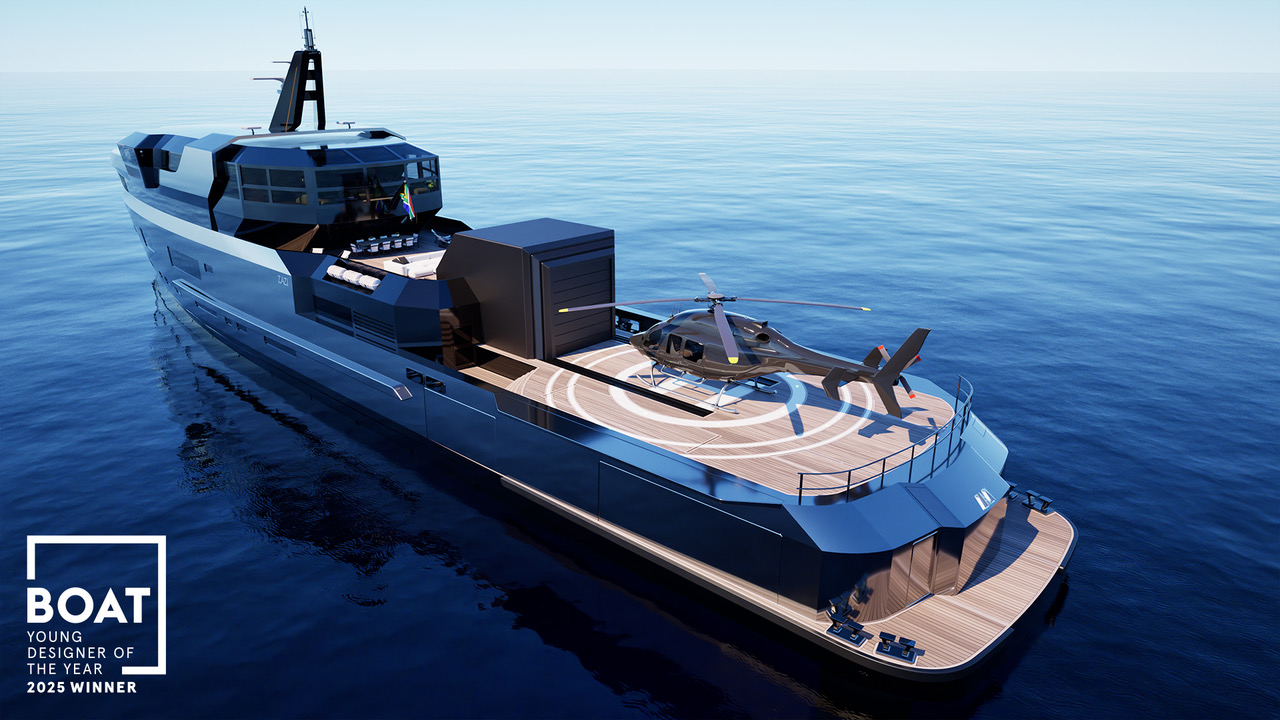
PM: How do you envision the future of yacht design over the next decade?
AO: I believe we’ll see a shift toward bolder and more unconventional designs. People are becoming increasingly open to innovative proportions and unfamiliar surfaces. We’re already seeing this trend in yacht interiors, which more and more reflect residential design trends, creating spaces that are more livable and personalized.
Sustainability will also play a key role. I imagine yachts that prioritize greener propulsion systems, sustainable antifouling treatments, eco-friendly materials, and energy-efficient technologies. The future of yacht design will be a combination of bold aesthetics and environmental responsibility.
PM: Which aspects of yacht design do you feel are still unexplored or in need of innovation?
AO: There are several areas that need more attention, such as research into sustainable materials and technologies. Perhaps we should slow down the race for speed and focus more on cleaner and more efficient propulsion.
I also think we should start developing more modular solutions—yachts that can navigate in any climate and condition, making them usable year-round and adaptable to the owners’ needs.
Artificial intelligence will play a key role in the future of yachting, especially for optimizing fuel consumption, navigation routes, and onboard energy management. Technology is advancing quickly, and the yachting industry needs to find ways to incorporate these innovations to keep pace with other sectors.
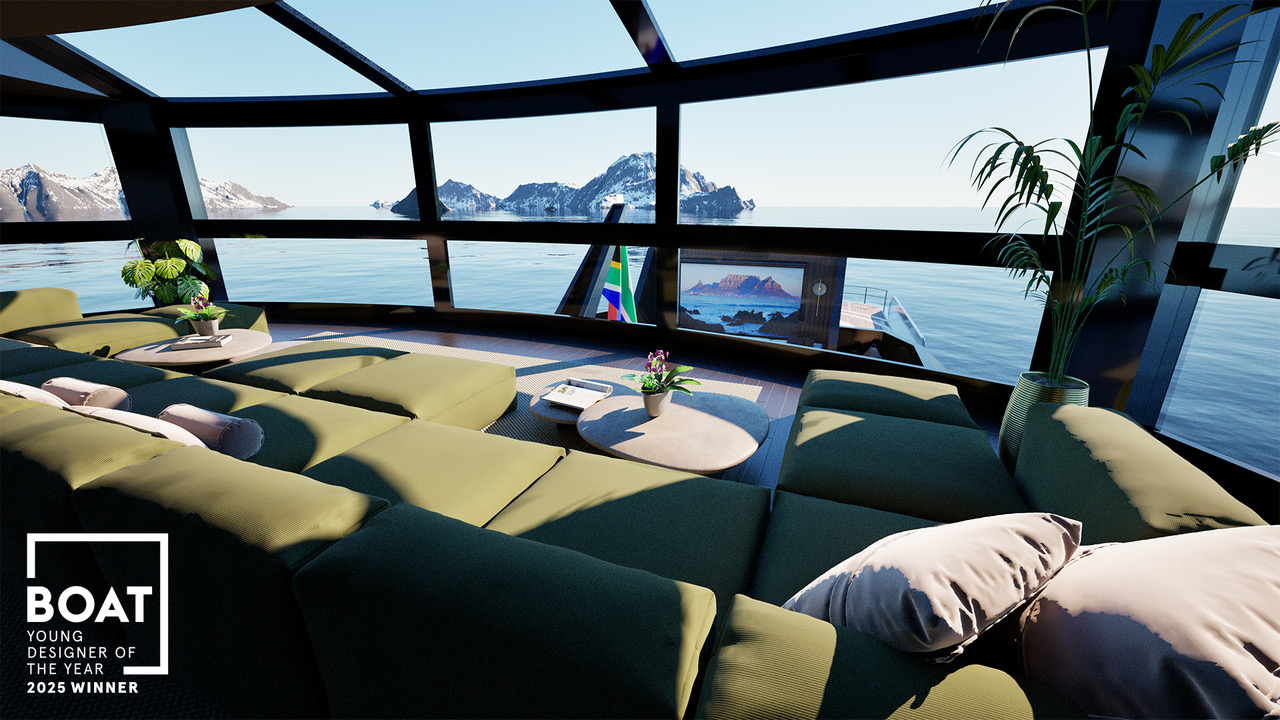
PM: What is your favorite yacht (besides your own designs) and why?
AO: Without a doubt, Zemi by Baltic Yachts. It’s highly distinctive and incredibly timeless. I love how the interiors and exteriors flow seamlessly together, without breaking the overall design language. Malcolm McKeon Yacht Design used organic, rounded shapes to give the yacht a sleek and balanced profile, while the interiors by Andreas Martin-Löf Arkitekter are warm and luxurious.
The material choices are simple yet impactful: walnut wood paired with textured beige fabrics creates a cozy and sophisticated atmosphere. The rounded furniture details echo the exterior design, and the open interior layout offers a fresh and modern experience.
Zemi is a perfect example of how yacht design can be both functional and extraordinarily beautiful.
Filippo Ceragioli
©PressMare - All rights reserved




